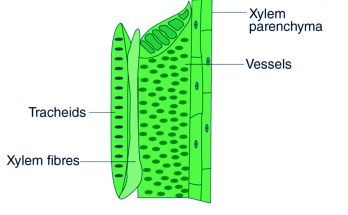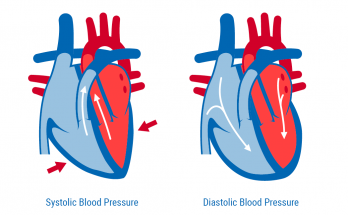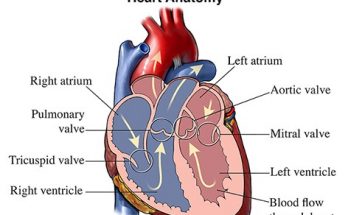What will happen if Platelets were Absent in the Blood
What are Platelets? Platelets are small, colourless blood cells that play an important role in the human body. They are formed in the bone marrow and circulate in the blood. …
What will happen if Platelets were Absent in the Blood Read More


